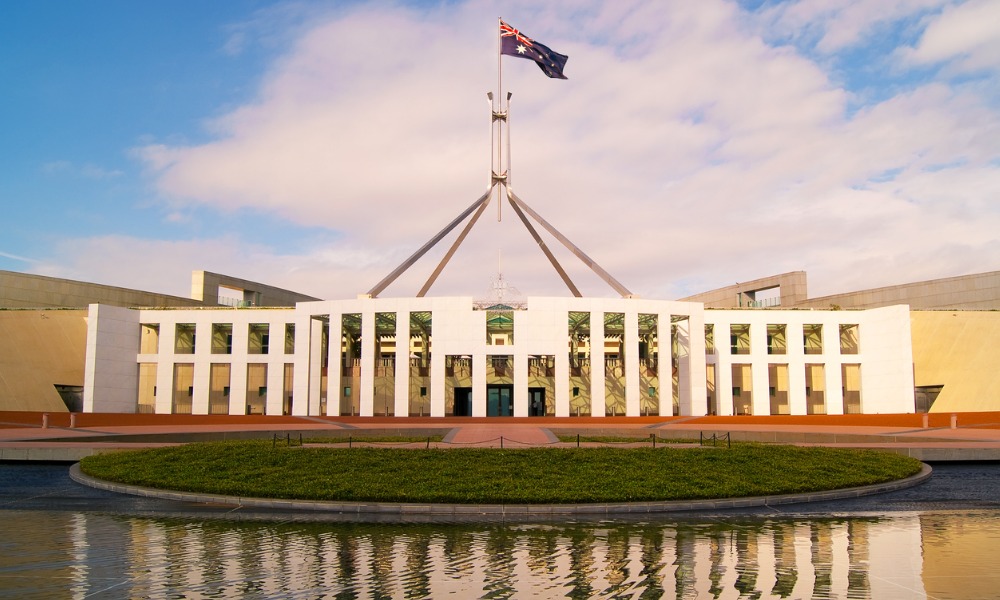Almost a quarter of workers suffer from silicosis and dust-related diseases

The federal government has announced that it is extending support to communication and education activities that are raising awareness on lung health for workers in the dust-generating industries.
The support is part of the government's $11-million budget that was earmarked to enact the key recommendations of the National Dust Disease Taskforce on a national approach for the prevention, early identification, control, and management of dust diseases in Australia.
"The Morrison Government is supporting communication and education activities to raise awareness about the risks to lung health targeting those working in high-risk industries, and a single centralised online hub to provide information, support and expert advice to affected workers and their families," said Health Minister Greg Hunt in a statement.
The government initiative follows the increased incidence of dust diseases, especially silicosis.
"Silicosis is a fibrotic lung condition caused by inhaling very fine silica dust, known as respirable crystalline silica. Silicosis is preventable and currently there is no cure," explained Industrial Relations Minister Michaelia Cash.
To further address the growing incidence of the disease among workers, Hunt said the government is also training more medical professionals who can help effectively diagnose and treat patients affected by dust disease.
A new silicosis care management plan will guide their consultations with patients, according to Hunt.
"The National Occupational Respiratory Disease Registry, which will be operational by the end of 2022, will capture data on the incidence of occupational respiratory diseases in Australia and guide research to better our understanding of respiratory diseases," added the health minister.
Cash welcomed the new measures and described them as an important milestone for workers, their families, and the industry.
"These new measures build on work being undertaken by our government to better protect workers including the development of a national approach to silicosis prevention in Australia," she said.
Read more: NSW adopts new code to protect workers from silica
Taskforce report
The measures from the federal government seek to address the findings of the National Dust Disease Taskforce.
According to the findings, almost a quarter of engineered stone workers who have been in the industry before 2018 suffer from silicosis or other silica dust-related diseases.
Workers from construction, tunnelling, mining, and quarrying are affected by the said diseases, according to the report, which issued a forecast that the numbers would grow.
The government in a media release said it acknowledges the work undertaken by jurisdictions to address silicosis, which went to addressing several the taskforce's recommendations.
Among the significant works include the publication of a guidance on working with silica or silica-containing products, as well as a new model Code of Practice on managing the risks of working with respirable crystalline silica.
The government also acknowledged the effort of Safe Work Australia, which is already carrying out a regulatory impact analysis to find out if further measures are needed to provide workers with highest level of protections.








